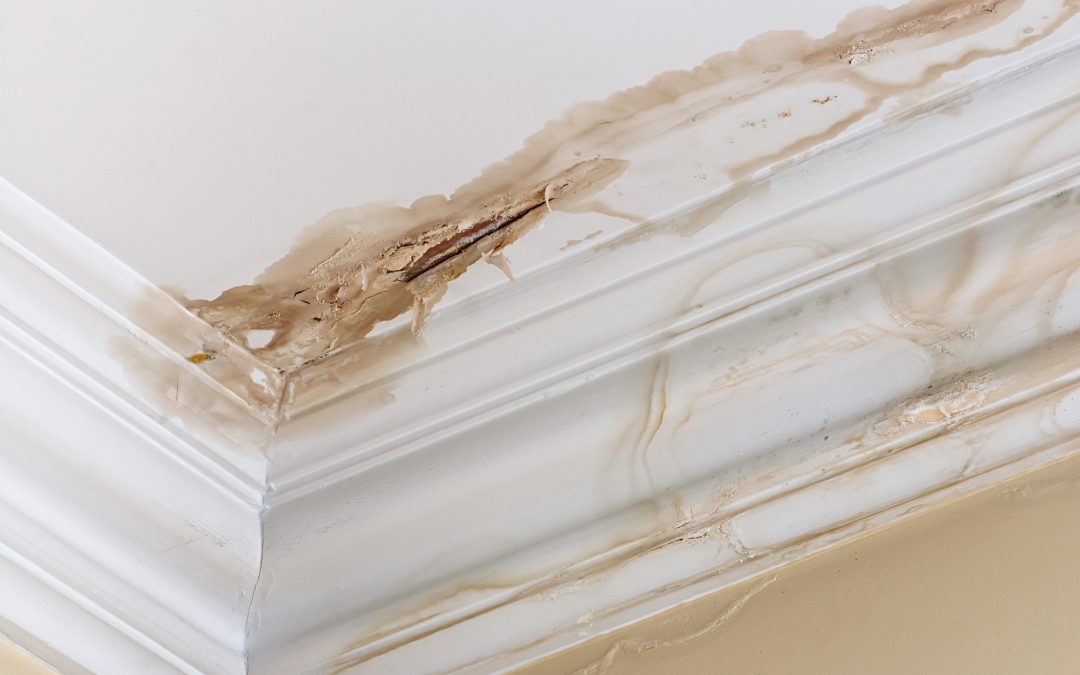The Value of Careful Examination in Mold Removal
Mold infestations pose significant health risks and structural damage to properties. While visible mold growth is concerning, hidden infestations lurking behind walls, ceilings, and within HVAC systems can exacerbate the problem if left unchecked. In this comprehensive guide, we delve into the importance of thorough inspection in mold removal processes, emphasizing the criticality of identifying and addressing hidden mold infestations. From understanding the signs of hidden mold to employing professional inspection techniques, uncover the essential steps to safeguarding your home or business from the detrimental effects of mold.
Understanding the Nature of Mold
Mold, a type of fungus, thrives in moist and humid environments, proliferating rapidly in damp and poorly ventilated spaces. While mold spores are naturally present in the air, they require moisture and organic material to germinate and grow. Common indoor molds include Aspergillus, Penicillium, and Stachybotrys (black mold), each posing varying health risks and requiring specific remediation methods.
Recognizing the Signs of Hidden Mold
Recognizing the signs of hidden mold is crucial for early detection and mitigation efforts. While visible mold growth is an obvious indicator of contamination, hidden mold often lurks within walls, ceilings, and other concealed areas. Musty odors, unexplained stains or discoloration on surfaces, and persistent respiratory symptoms among occupants are common signs of hidden mold. Additionally, water damage, such as leaks or moisture intrusion, creates an ideal environment for mold growth. Regular inspection of areas prone to moisture buildup and vigilant attention to unusual odors or discoloration can help homeowners identify hidden mold before it becomes a more extensive problem, enabling timely remediation to safeguard indoor air quality and structural integrity. However, several indicators may suggest the presence of hidden mold, including:
- Musty Odors: A persistent musty or earthy smell, especially in enclosed or poorly ventilated spaces, may indicate hidden mold growth.
- Water Damage: Past or ongoing water damage, such as leaks, floods, or moisture intrusion, provides an ideal breeding ground for hidden mold.
- Discoloration: Unexplained stains or discoloration on walls, ceilings, or flooring surfaces may signal underlying mold growth, particularly in areas prone to moisture buildup.
- Respiratory Symptoms: Persistent respiratory issues, allergic reactions, or exacerbation of asthma symptoms among occupants may indicate indoor mold exposure, even in the absence of visible mold growth.
The Importance of Thorough Inspection
Thorough inspection forms the cornerstone of effective mold removal and remediation efforts. Professional inspectors employ specialized techniques and equipment to identify hidden mold infestations and assess the extent of contamination. Key aspects of thorough inspection include:
- Visual Inspection: Trained inspectors conduct a meticulous visual assessment of interior and exterior areas, searching for signs of water damage, moisture intrusion, and mold growth.
- Moisture Detection: Utilizing moisture meters and infrared thermography, inspectors pinpoint areas of elevated moisture levels, which are conducive to mold growth, even if no visible mold is present.
- Air Sampling: Air quality testing enables inspectors to detect airborne mold spores and assess indoor air quality levels, aiding in the identification of hidden mold sources.
- Surface Sampling: Swab or tape lift samples may be collected from suspected mold-affected surfaces for laboratory analysis, providing valuable insights into the types and concentrations of mold present.
- HVAC Inspection: Inspection of heating, ventilation, and air conditioning (HVAC) systems is crucial, as mold can proliferate within ductwork and ventilation components, spreading throughout the property.
Professional Inspection Techniques
Professional mold inspectors adhere to industry best practices and standards, employing advanced techniques to uncover hidden mold infestations effectively. These techniques include:
- Thermal Imaging: Infrared thermography enables inspectors to detect temperature differentials indicative of moisture intrusion and hidden mold behind walls and other building materials.
- Borescope Inspection: Borescopes, equipped with a flexible camera probe, allow inspectors to access confined spaces, such as wall cavities and ductwork, to visually inspect for mold growth.
- Moisture Mapping: Mapping moisture levels using specialized equipment helps identify areas of high humidity and moisture buildup, guiding targeted remediation efforts to eliminate hidden mold sources.
- Indoor Air Quality Testing: Air sampling devices capture airborne mold spores, pollen, and other allergens, providing quantitative data on indoor air quality and mold contamination levels.
- Documentation and Reporting: Comprehensive inspection reports document findings, including visual observations, moisture readings, sampling results, and recommendations for mold remediation and prevention measures.
The Remediation Process
- Containment: Implementing containment measures, such as sealing off affected areas and installing negative air pressure systems, prevents mold spores from spreading to uncontaminated areas during remediation.
- Mold Removal: Trained remediation professionals utilize specialized equipment and techniques to remove mold-infested materials safely and effectively, minimizing the release of airborne spores.
- Cleaning and Disinfection: Thorough cleaning and disinfection of surfaces using EPA-approved antimicrobial agents help eliminate residual mold spores and prevent future mold growth.
- Moisture Control: Addressing underlying moisture issues, such as leaks or inadequate ventilation, is critical to preventing recurrent mold problems and maintaining a dry indoor environment.
- Restoration: Repairing and restoring damaged building materials, such as drywall, insulation, and flooring, restores the structural integrity and aesthetic appeal of the property post-remediation.
Thorough inspection is paramount in mold removal processes, enabling the early detection and mitigation of hidden mold infestations. By understanding the signs of hidden mold, employing professional inspection techniques, and adhering to industry best practices, homeowners and property managers can safeguard their properties from the detrimental effects of mold. Through proactive mold inspection and remediation, individuals can create a safe, healthy, and mold-free indoor environment for occupants, ensuring peace of mind and long-term property preservation.

